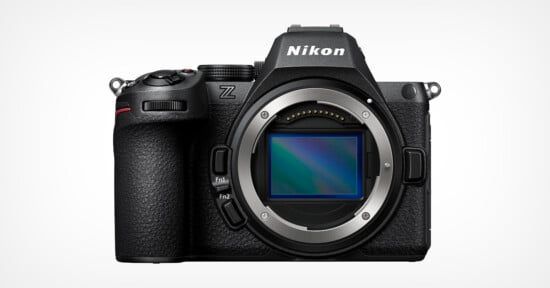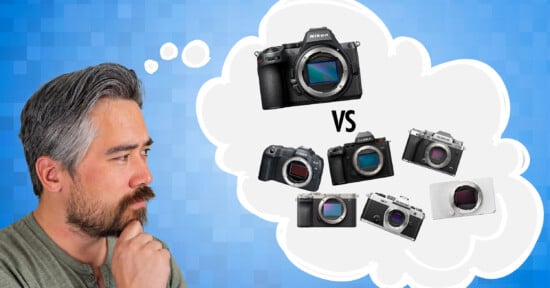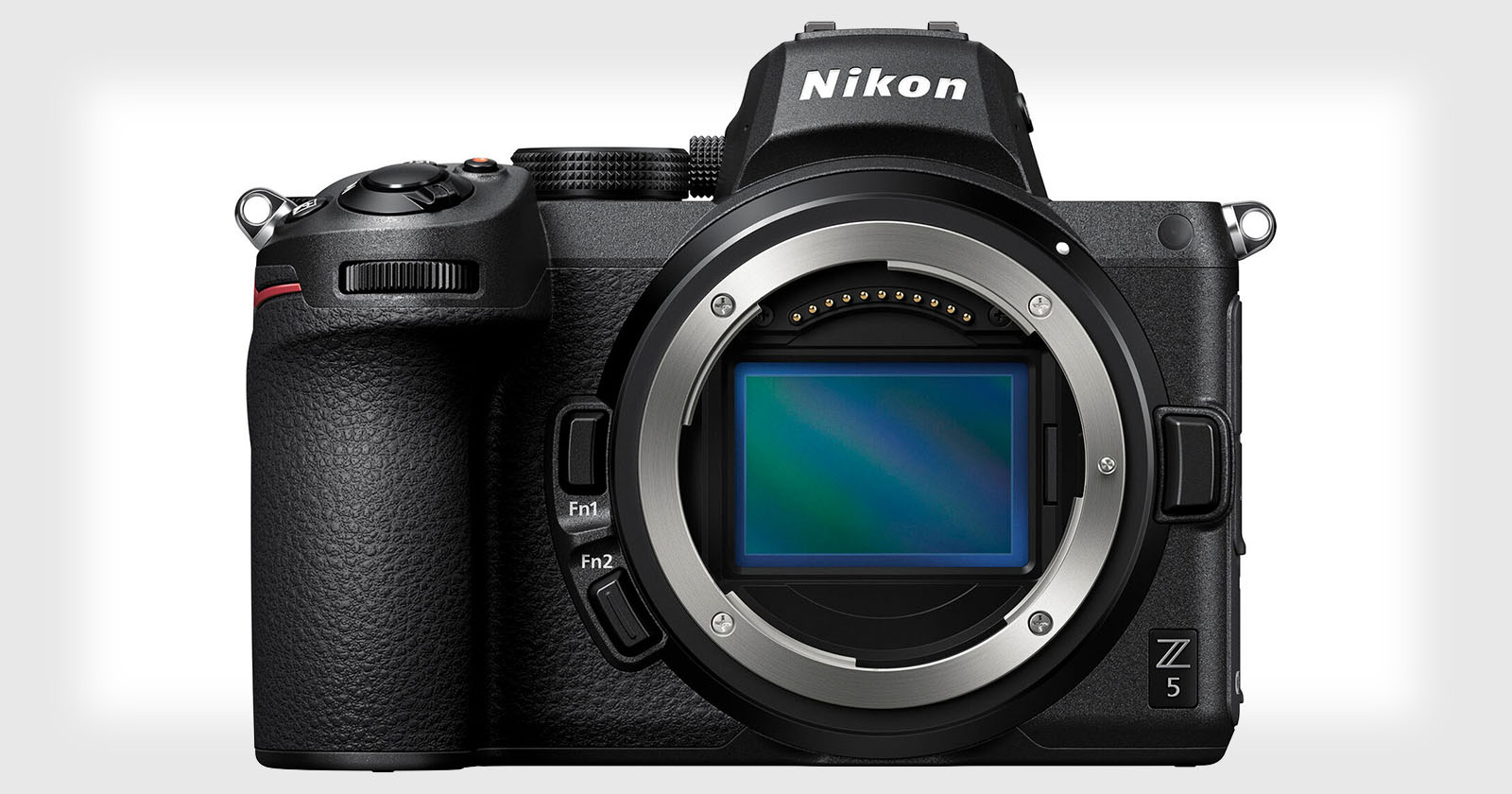Nikon Z5 II Hands-On First Impressions: Way Beyond Entry Level
The original Nikon Z5 is four years old now and probably still represents the best bang for the buck in the affordable full-frame game. With ample controls, excellent 24-megapixel image quality, and even dual card slots, the Z5 had no right to be as affordable as it was.
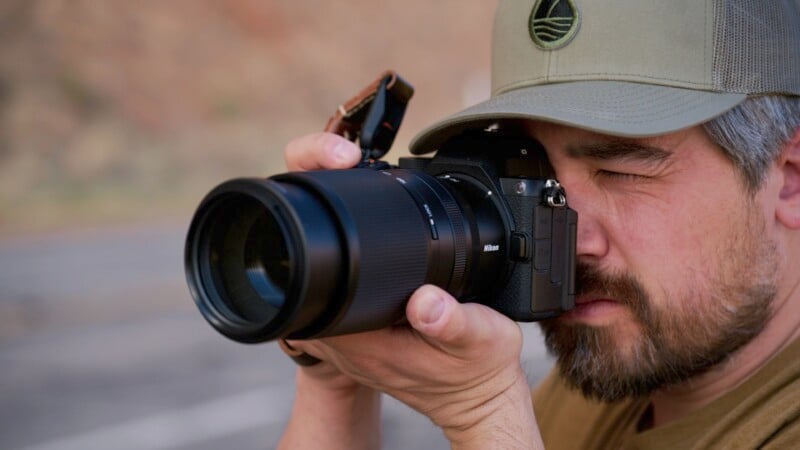
The intention behind the Nikon Z5 was to make an effective, but ultimately basic, entry-level camera. The success of the Nikon Z5 proved this direction to be a sound one but there is no denying that the Z5 lacked in certain areas. However, it did have a decent EVF, IBIS, and dual card slots which went a long way to assuring its popularity.
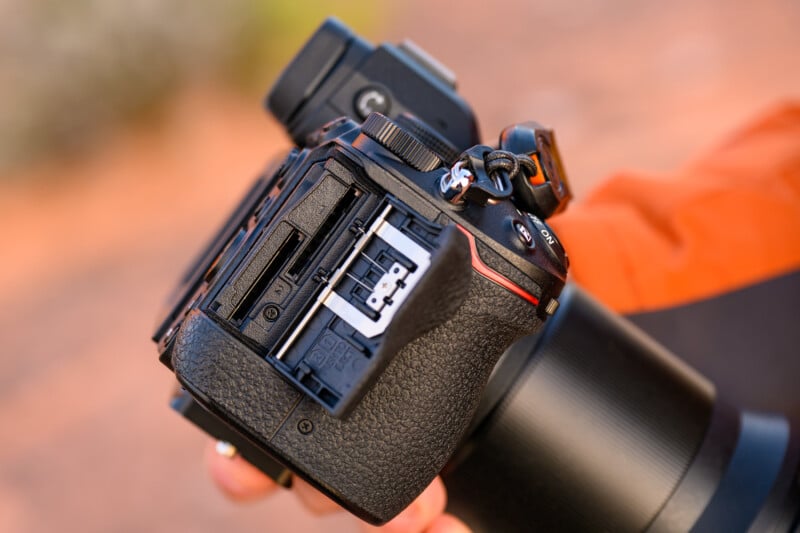
Nikon Z5 II First Look: A Familiar Body Design
The Z5 II goes well beyond the original Z5 capabilities with some meaningful upgrades but let’s start with the body handling first. This camera handles like a Z6 III with almost identical controls. The deep grip is really comfortable to use and manages longer and heavier glass comfortably.
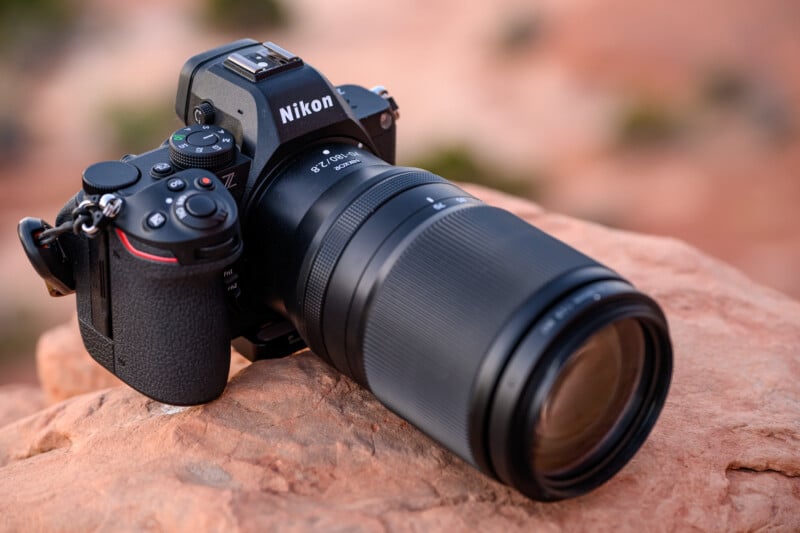
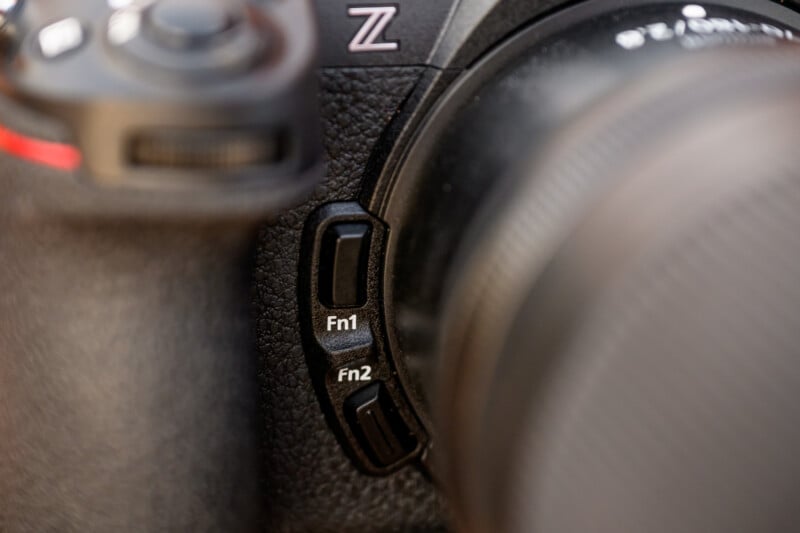
There are plenty of customizable buttons and an autofocusing joystick on the back to navigate menus and move AF points but you can also use the touch panel quickly. The camera manages to come in slightly underweight compared to the Z6 III, hovering around the 24.69-ounce (700-gram) mark.
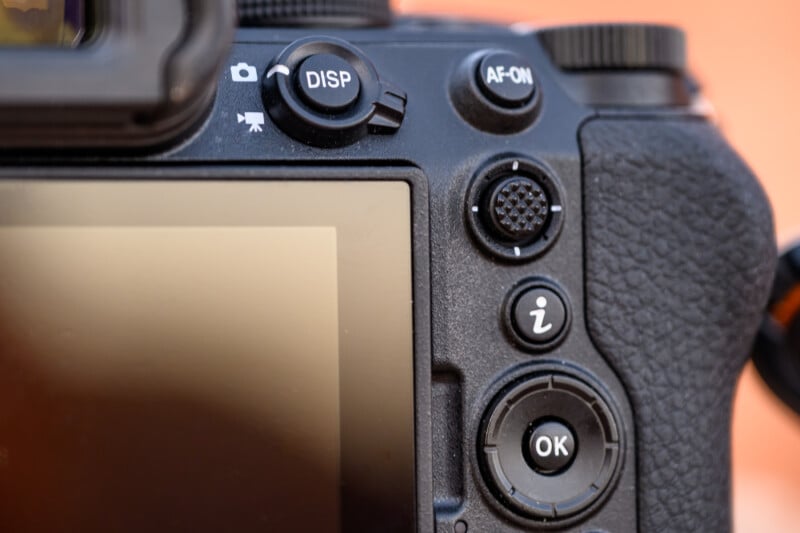

There is a unique Picture Control button on the top of the camera which quickly brings up all the company’s special picture color options and yes, you can customize it to do something else. What is notably absent is any sort of top-mounted LCD panel, however. I don’t really mind the lack of a top panel though and I found the camera to have an overall familiar and functional layout.
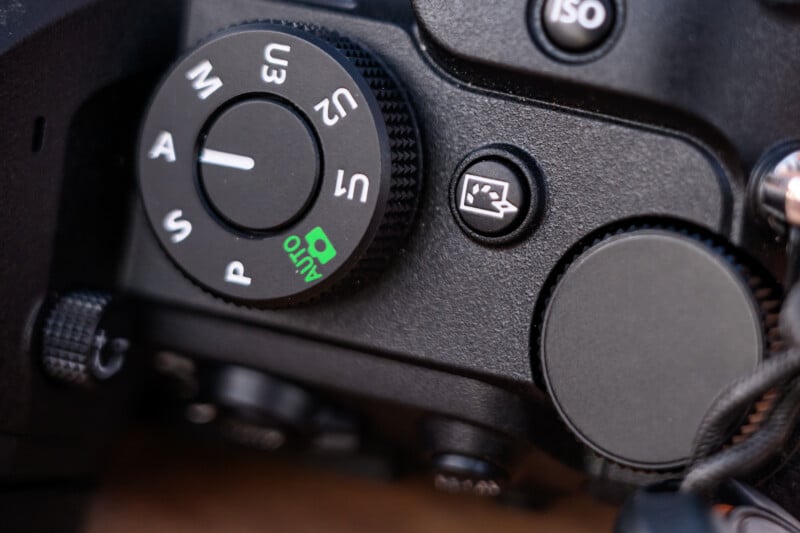
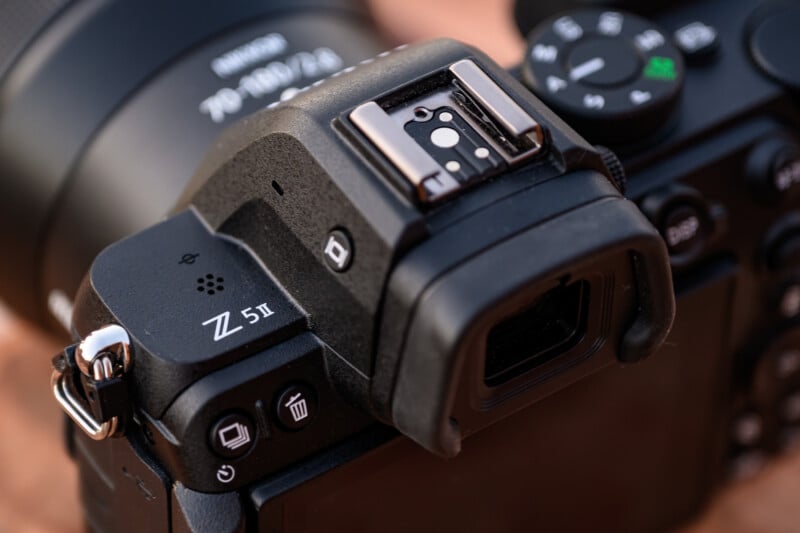
The Nikon Z5 II doesn’t skimp on the more professional features either. It has an IBIS unit that rivals the ZF system, featuring up to 7.5 stops of stabilization in the center of the frame and the ability to adjust the IBIS specifically to the aperture point chosen. We also see dual UHS-II SD card slots which makes the Z5 very appealing as a primary or secondary camera for a working professional.
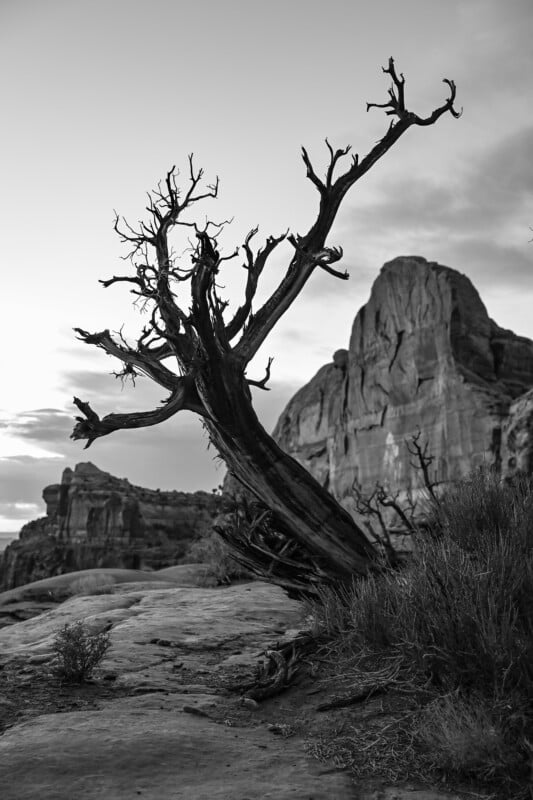
Power is provided by the now-ubiquitous Nikon EN-EL15C type battery and provides roughly 380 CIPA-rated shots. Displays are quite decent as well with a very bright 3.69-million dot EVF pushing up to a 60hz refresh rate and with 3,000 nits of peak brightness. The back panel is a handy 3.2-inch, 2.1-million dot that has full articulation. I know that a fully articulating screen is a polarizing feature but I personally love it for shooting at awkward angles and also for video work.
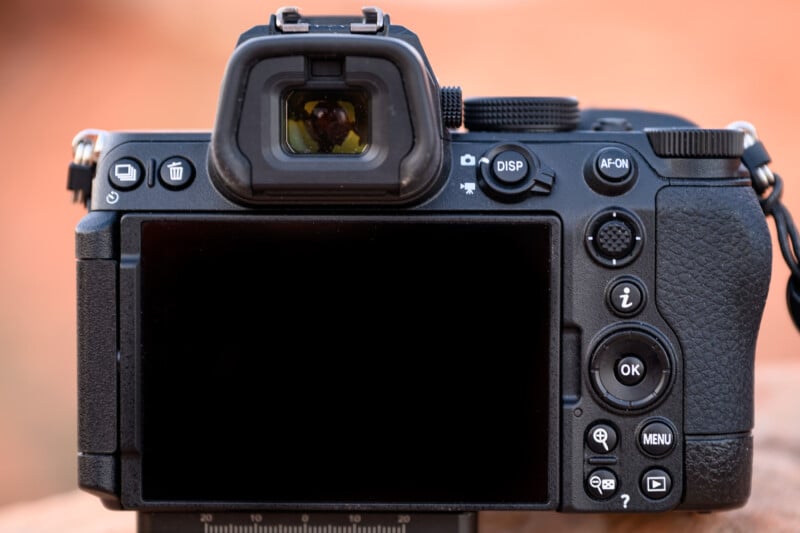
Everything about the new Nikon Z5 controls helps to provide a confidence-inspiring experience without feeling like there is anything missing. The Nikon Z5 II is rugged enough to handle the dusty deserts of Moab and I was pleased with both the ample customization options and compact handling and found the camera to be capable in any shooting situation.
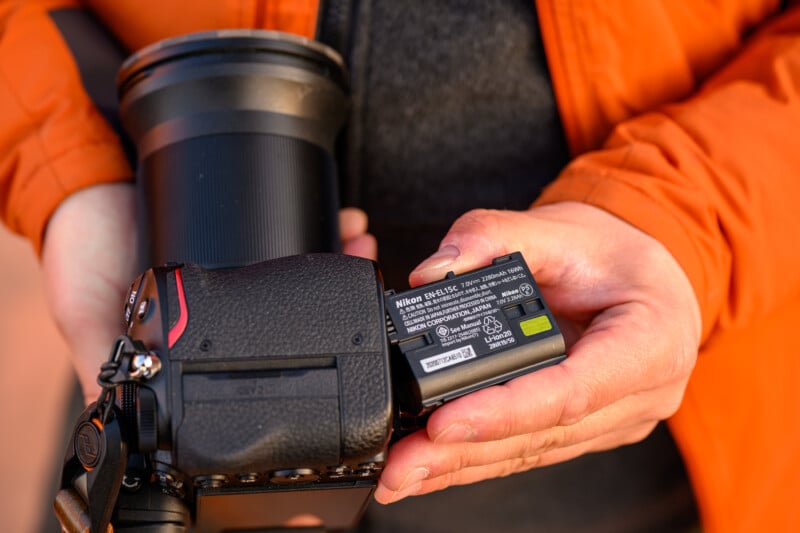
Nikon Z5 II First Look: A Capable Performer
Moab is known for its stunning red landscapes and gorgeous arches. I intended to capture some classic landscapes but I also got to test the camera in some fast-action situations with the help of a couple of local mountain bikers.
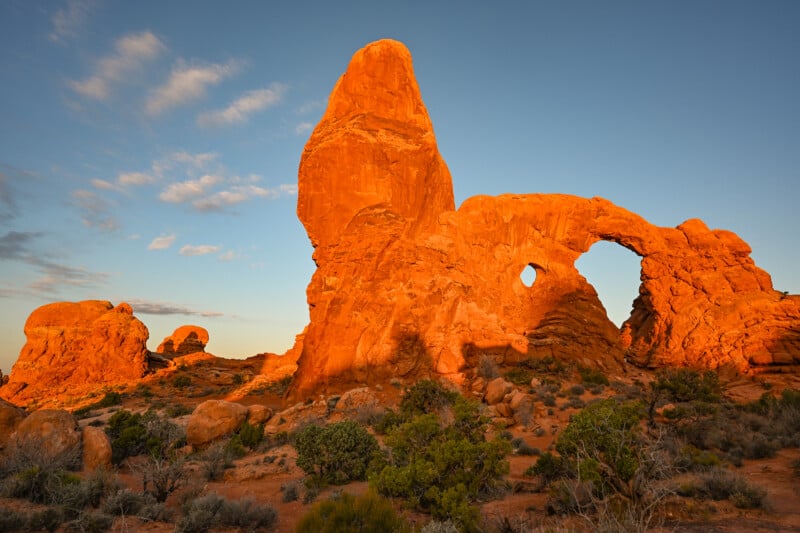
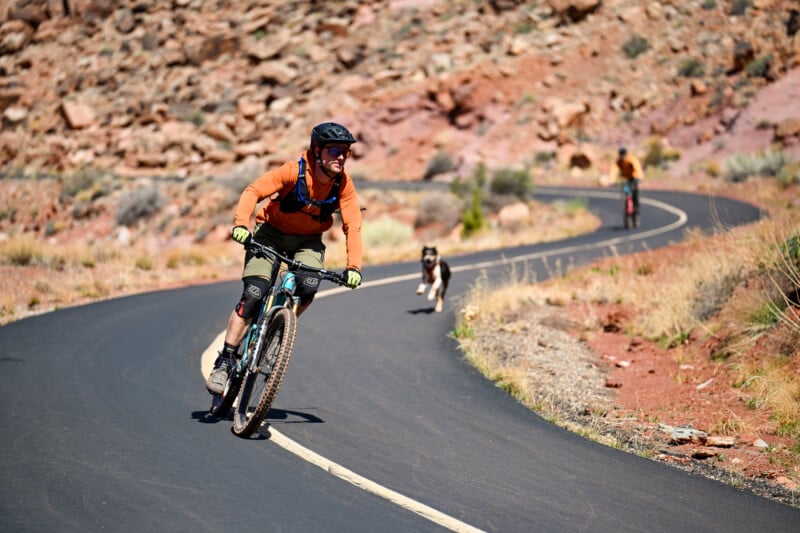
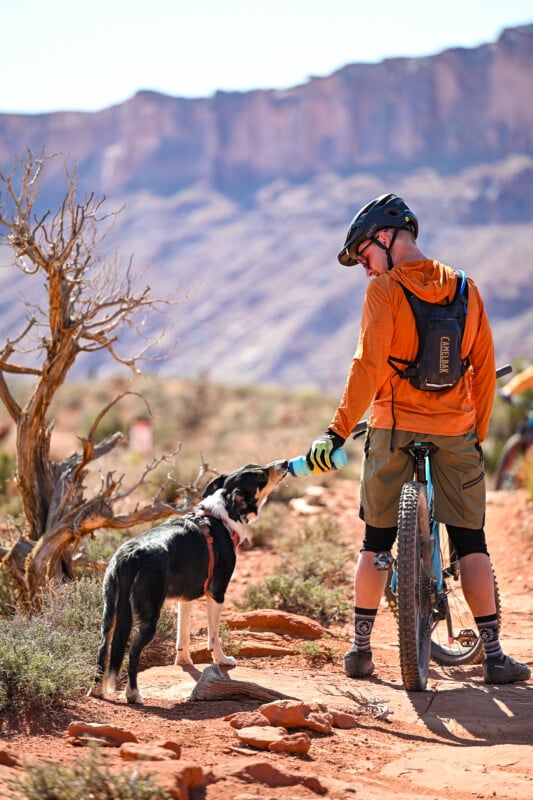

The Z5 II has the same autofocusing algorithms as the more specialized Z6 III and with the the help of the Expeed 7 processor, can focus quickly and accurately. I like that Nikon cameras can now automatically detect whether a subject is a person, animal, or automobile, but decided to lock the detection mode to faces for my testing.
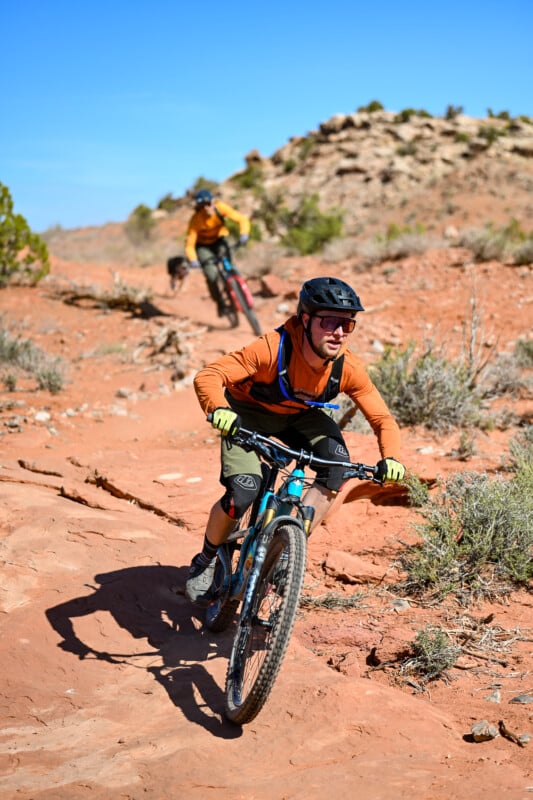
Even from a decent distance and with subjects weaving along the trail, I found the hit rate to be excellent and it was able to track subjects right up to very close distances. Whether using telephotos from a distance or ultra-wide lenses from right next to the rider, the autofocus was predictable and accurate. Nikon has come a long way with its autofocus technology and the Z5 II seems to be maximizing the benefits.
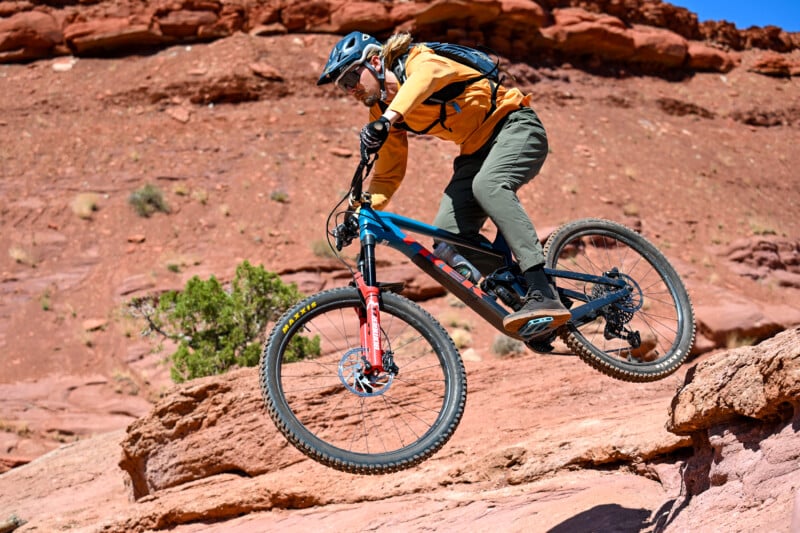
Now the Z5 II can shoot up to 30 FPS but only when using electronic shutter mode and, frankly, the non-stacked BSI sensor does not handle rolling shutter very well. I’m always more concerned with the best mechanical shutter speeds and the Z5 II can push up to 14 FPS if JPEGs are acceptable, but I will only shoot RAW and there I still have access to a very respectable 11 FPS.
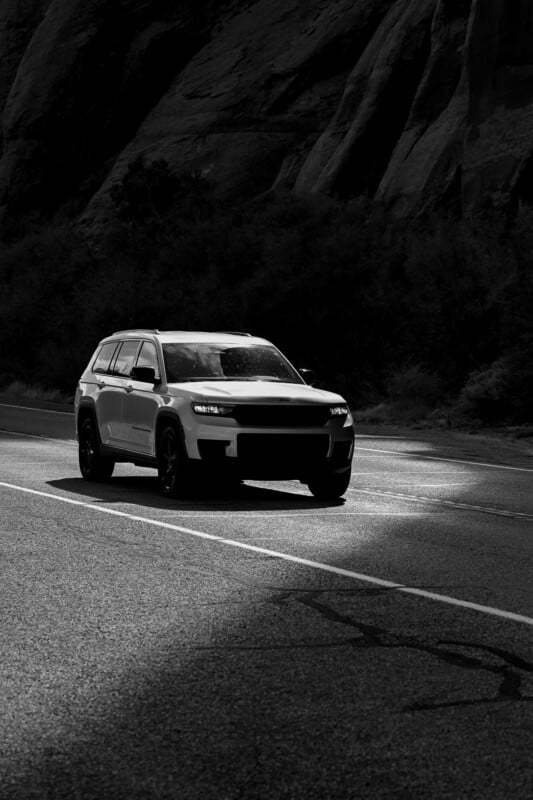
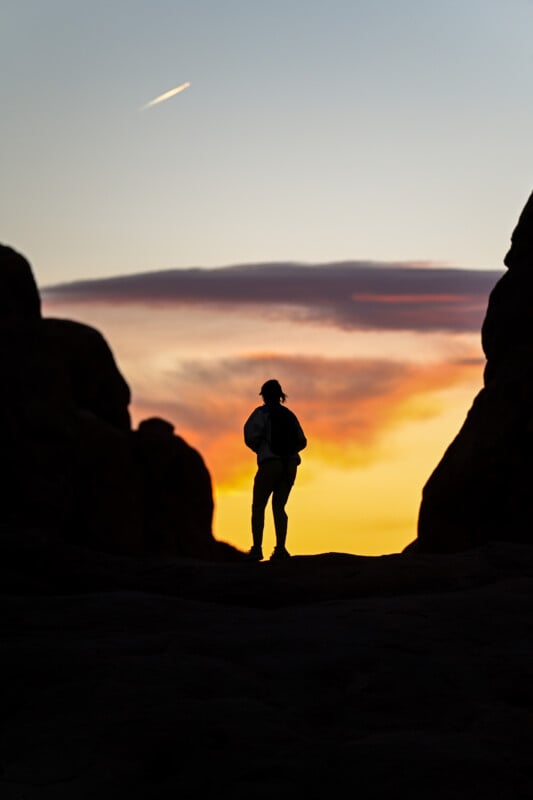
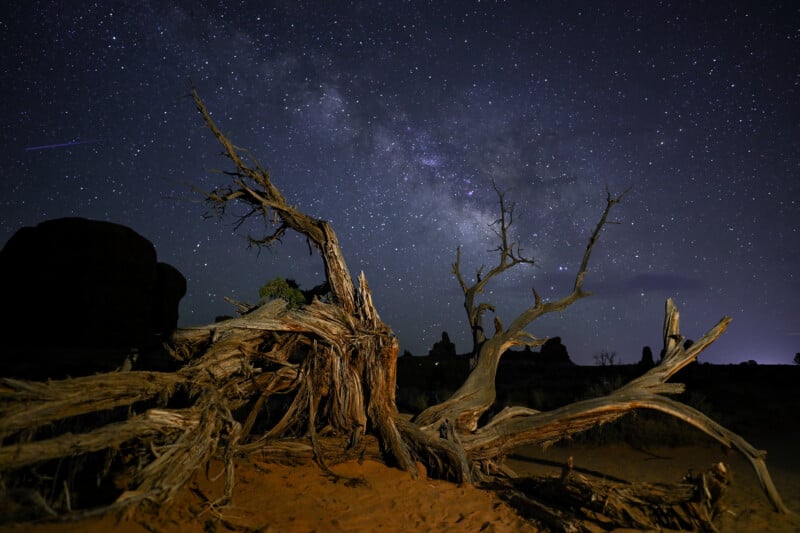
The Z6 III will still be a better choice for more specialized fast-action events where faster burst rates are a must, but I was impressed by how well the Z5 II handled sports photography considering its more jack-of-all-trades design philosophy. I’d happily use the Z5 II for anything from kids and pets to sports and wildlife.


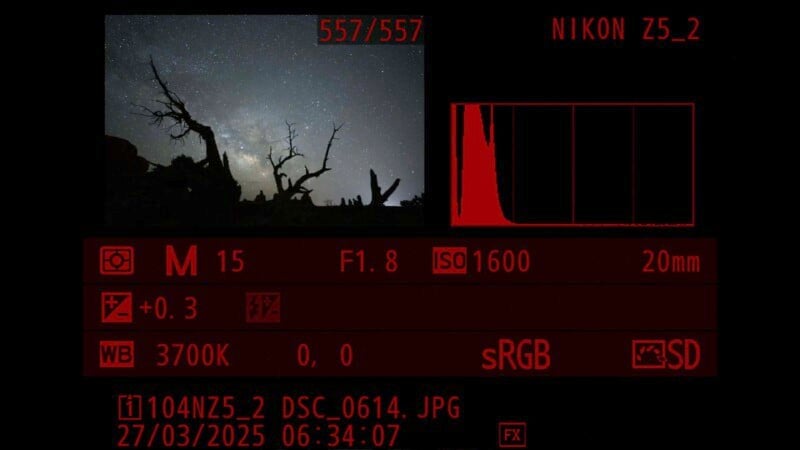
Image quality is a known commodity because many cameras utilize a similar sensor. The 24-megapixel backside illuminated sensor provides decent detail and I really pushed the low-light potential by shooting the Milky Way Galaxy at 3 AM. The results are excellent and most users will find the resolution adequate for their work. The files will essentially look identical to the more expensive Nikon Zf and will have a slight dynamic range advantage over the Z6 III.

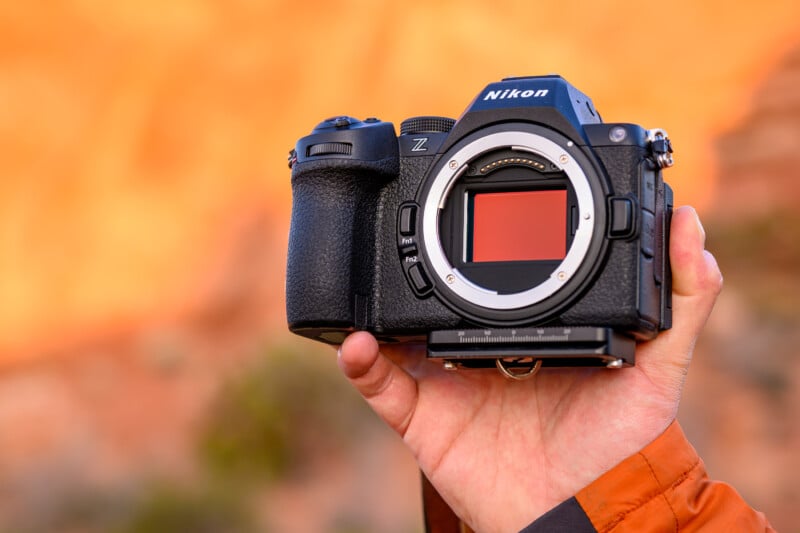
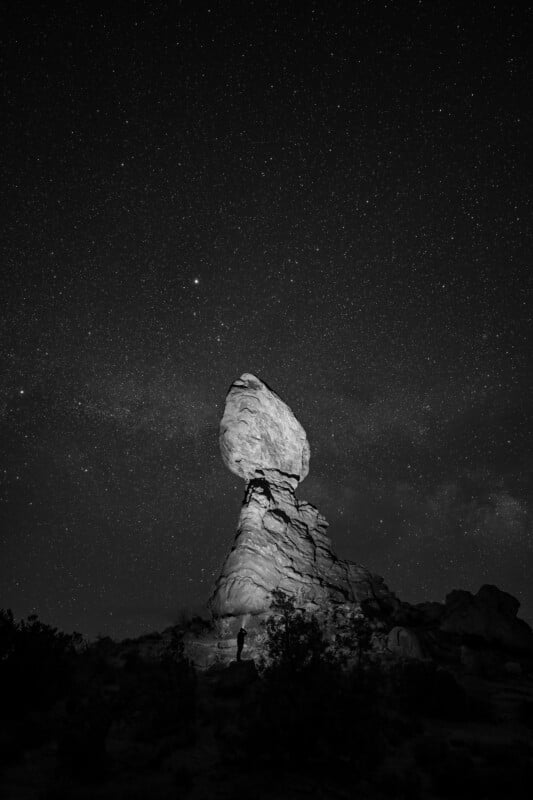
Nikon Z5 II First Look: Video Specs
The original Nikon Z5 was an excellent value but it held little appeal for video shooters, as the older 24-megapixel CMOS led to cropped 4K video and distracting rolling shutter. For that reason, I was surprised at the comprehensive and very usable video capabilities of the Z5 II. It features all of the video functions found in the more expensive Zf but in a body design better optimized for video shooters.
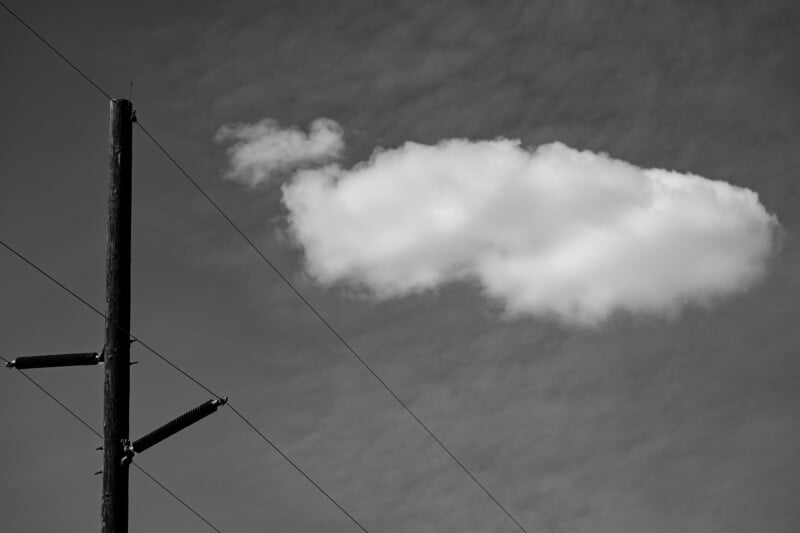
Full width, oversampled 4K can be captured up to 30p. Due to the slower sensor readout (though much faster than the Z5), 4K/60P requires an APS-C crop. Footage can be recorded in 10-bit H.265 with standard profiles or with the much more flexible N-Log format. Exposure tools are very fleshed out, with histograms and even waveforms available. Unfortunately, none of these exposure aids are enabled by default, which can be frustrating.
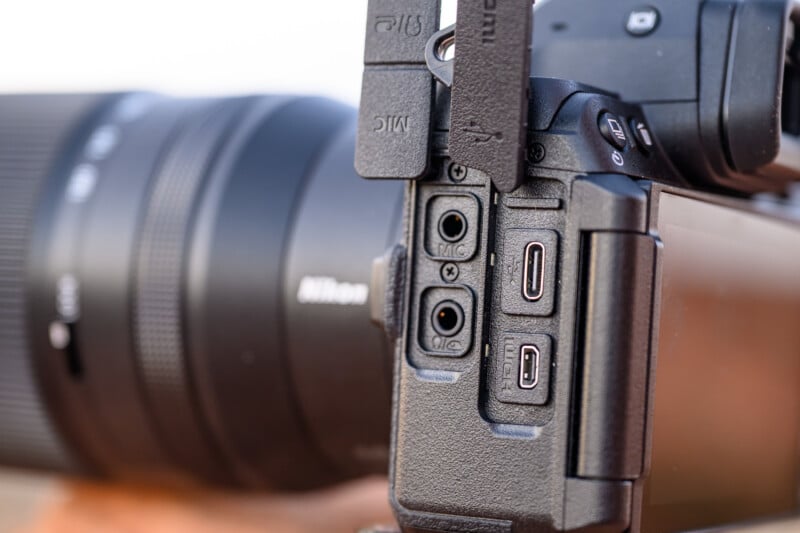
I was quite impressed by the autofocus performance, even when tracking fast-moving subjects. The performance felt similar to the Z8 and Z6 III despite the slower sensor in the Z5 II. I would happily use this camera for documentary filmmaking but it’s worth keeping an eye on the footage as the focus would very occasionally drift to the background before reacquiring the chosen subject.
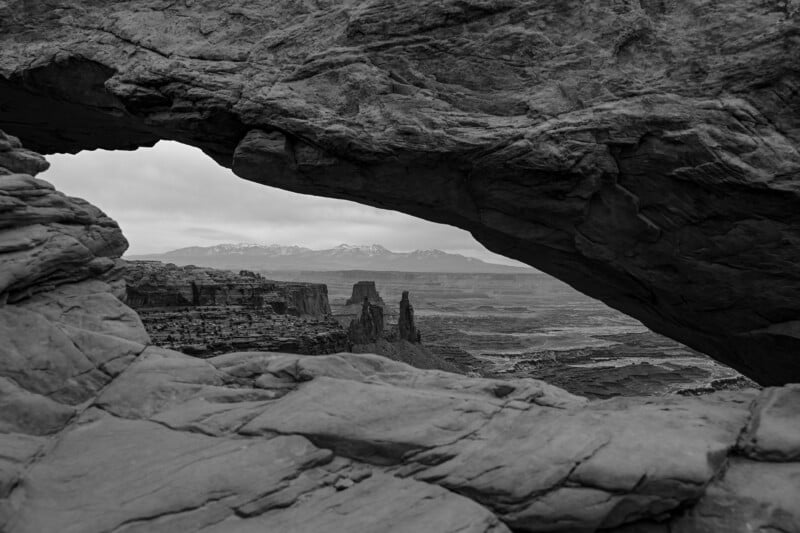
Default stabilization is very good for static shots but will fight any attempt to pan or tilt while recording. For that reason, I generally left the Z5 II in “Sport” VR mode which is slightly less effective but yields much more natural results when moving the camera. I think the “Sport” mode should be the default on all Nikon cameras, with the option to enable standard VR for static scenes.
![Camera photo shooting menu screen showing options like AF-area mode set to [3D], Vibration reduction ON, and Link VR to focus point highlighted and set to ON. Other options include Auto bracketing and Multiple exposure both set to OFF.](jpg/nikon-z5-ii-af-vr-link-800x450.jpg)
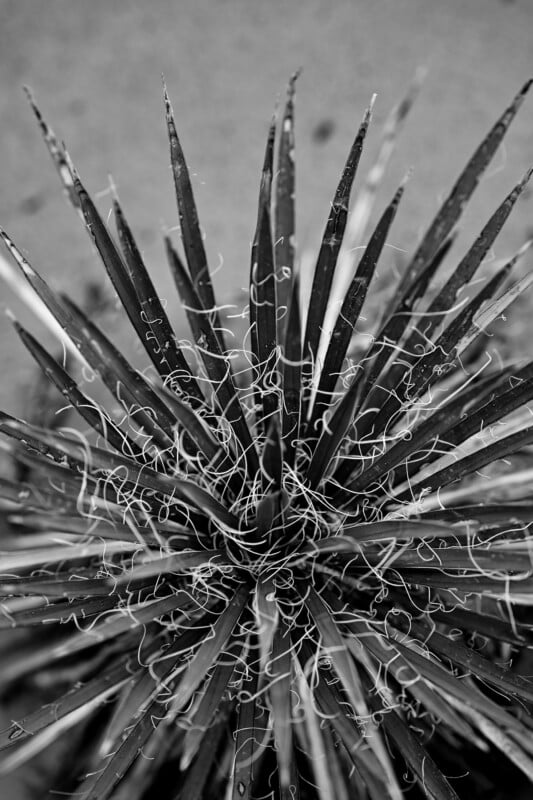
One new addition to the ability to capture N-RAW video to an SD card. The data rate limits of SD cards require this video to be limited to 4K and, unfortunately, this also means the full-width N-RAW capture is line skipped and thus much softer than the compressed 4K recordings. For a 1:1 Pixel RAW video, you’ll need to shoot in APS-C 4K N-RAW crop mode. These restrictions mean N-RAW should probably be ignored unless you require enormous flexibility in adjusting your white balance and tint.

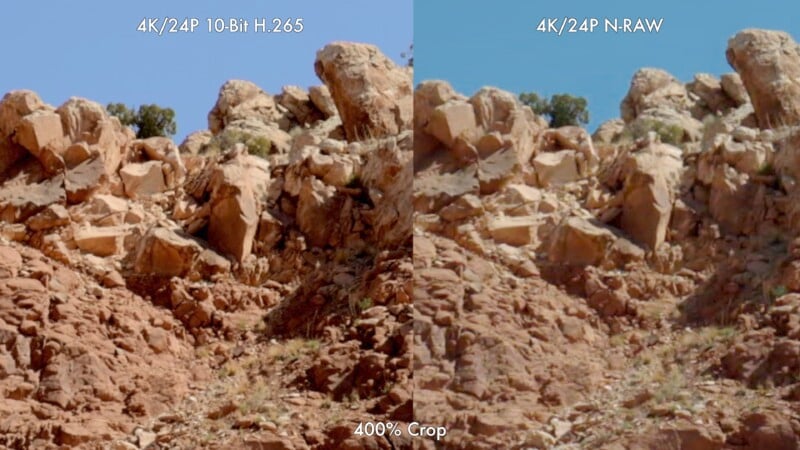

Overall, the Nikon Z5 II is a very capable video tool and is easily among the best in class. The Panasonic S5 II still offers a more effective stabilization system, more assist tools, and open-gate recording, but the Z5 II’s stickier autofocus means it’s a better option for recording fast-moving subjects. The real question for potential buyers is if the Z5 II’s video capabilities are enough or if it’s worth spending an extra $800 for the Z6 III’s much faster readout and uncropped 4K/60p.
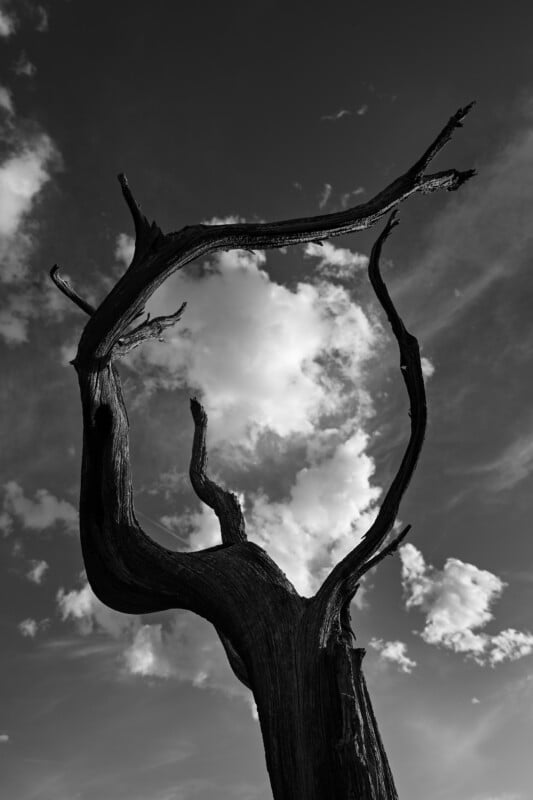

Nikon Z5 II First Look: Way Beyond Entry Level
I loved my time with the Nikon Z5 II because I never felt under-gunned. The original Z5 was designed to meet a certain price and as capable as it was, there were some unavoidable compromises made to get there. However, the Nikon Z5 II feels totally different. This is a true jack-of-all-trades with quality hardware throughout. It can handle everything from landscapes to sports to wildlife and would be equally at home as a professional wedding camera. If you want more megapixels, the Z8 or Z9 are appropriate while the Z6 III is better suited for more demanding sports and action work.
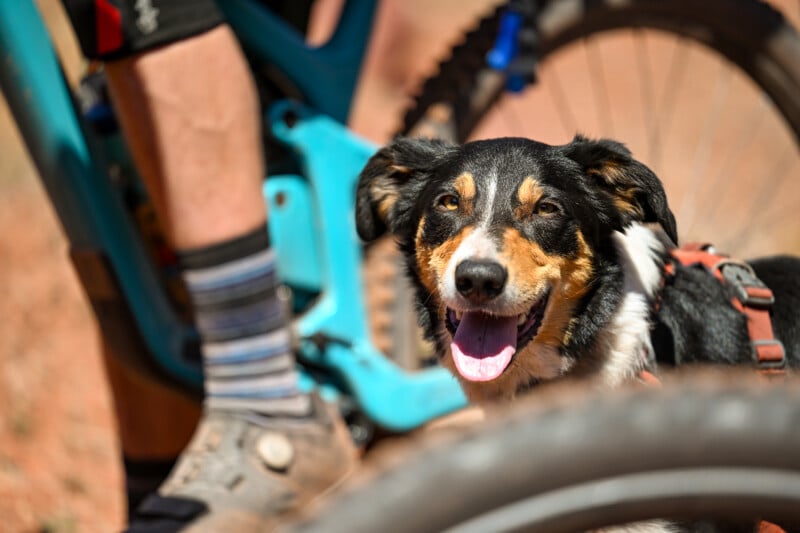
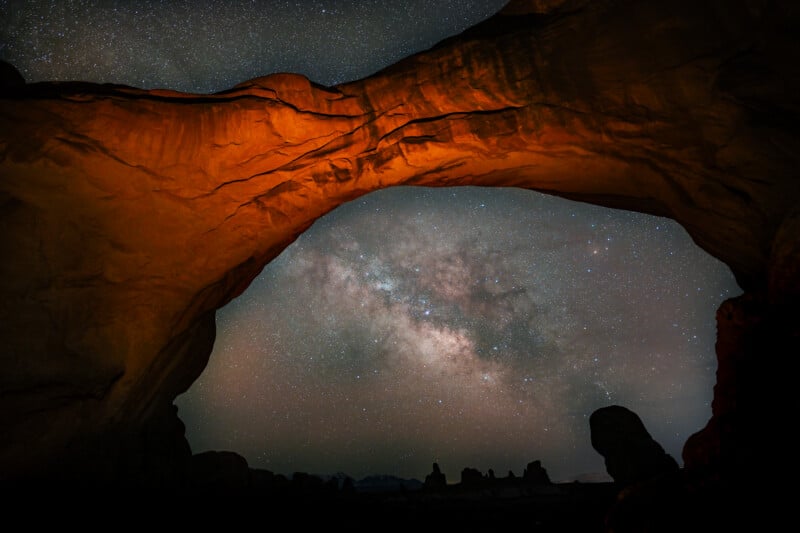
The Zf is the closest camera in capability to the Z5 II and has nearly identical features, so it is likely the closest one-to-one alternative in Nikon’s line. The Zf is significantly more expensive though, so the the real appeal of that system comes down to the retro-inspired design and control scheme. Regardless, the Z5 II is going to make more practical sense to a wider range of photographers and I wouldn’t be surprised if it even grabs the attention of some prospective Z6 III customers. The sub $2000 full-frame camera market is a crowded one, but after using the Z5 II I’m convinced that this is my favorite option living in this space so far.
Image credits: Photographs by Chris Niccolls for PetaPixel
